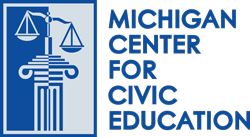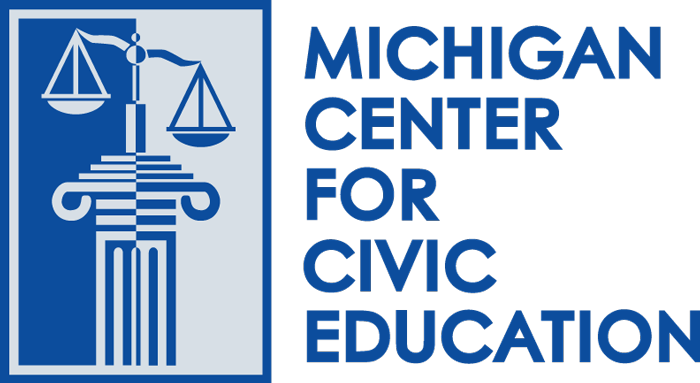Deliberting in Democrcay lesson which gets students to deliberate the question–Should our democracy block Internet content to protect national security?
Civics Lessons
Freedom of Expression
Tinker v. Des Moines (1969)
This case summary provides teachers with everything they need to teach about Tinker v. Des Moines (1969). It contains background information in the form of summaries and important vocabulary at three different reading levels, as well a review of relevant legal concepts, diagram of how the case moved through the court system, and summary of the decision. This resource also includes seven classroom-ready activities that teach about the case using interactive methods.
Cyberbullying
Deliberating in Democracy Lesson which gets students to deliberate whether schools should punish students for off campus cyber bullying
Texas v Johnson: Is There a Constitutional Right to Burn the American Flag?
This lesson explores Texas v. Johnson, the 1989 Supreme Court decision on flag burning. First, students read about and discuss Texas v. Johnson. Then in small groups, students role play aides to a U.S. senator on the Judiciary Committee. The committee is considering a proposed amendment to the U.S. Constitution banning flag burning, and the aides must make a recommendation on whether the
senator should support or oppose the proposed amendment.
Hazelwood v. Kuhlmeier (1988)
This case summary provides teachers with everything they need to teach about Hazelwood v. Kuhlmeier (1988). It contains background information in the form of summaries and important vocabulary at three different reading levels, as well a review of relevant legal concepts, diagram of how the case moved through the court system, and summary of the decision. This resource also includes seven classroom-ready activities that teach about the case using interactive methods.
Texas v. Johnson (1989)
This case summary provides teachers with everything they need to teach about Texas v. Johnson (1989). It contains background information in the form of summaries and important vocabulary at three different reading levels, as well a review of relevant legal concepts, diagram of how the case moved through the court system, and summary of the decision. This resource also includes six classroom-ready activities that teach about the case using interactive methods.
Constitution Day Lesson-1st Amendment
The goal of this activity is to introduce 7th grade students to the First Amendment of the U. S. Constitution.
The First Amendment: What’s Fair in a Free Country?
Lesson includes several activities to demonstrate to students that freedom of speech continues to evolve.
The First Amendment
This activity creates an awareness of the five rights contained in the First Amendment to the U. S. Constitution. Students will learn about a poll of Americans and their knowledge of the First Amendment. The activity will allow students the opportunity to dissect the First Amendment and determine their opinions on which rights they value most and least.
The Exchange: Should Students’ Cyber Speech Be Protected Under the First Amendment?
This lesson encourages students to deliberate on the issue of cyber speech and the First Amendment. Through the use of court cases and school policy, students will be able to define student expression rights and then evaluate the necessity and constitutionality of censoring and reprimanding students’ online social networking behavior.

